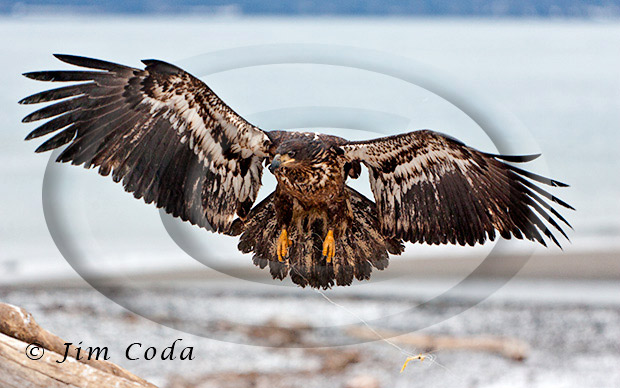A Face with Character

On my drive to Yellowstone last September I saw several mules in a pasture. When I saw this mule I had to turn around and get a better look. At first I thought it was just an ugly gray (and red) mule. But the more I looked at it the more I liked its face. It had a lot of character. There must be an interesting story to that ear. Same for the scarred lines all over the nose. I’m not sure if that’s a brand on the neck or what it is. The other mules were of uniform color and had no such markings. I just found the whole face photogenic and had to photograph it.
I did a little research about mules when I decided to post this photo. I already knew a few things about them thanks to having been on a couple of pack trips. I knew they were the sterile offspring of a cross between a donkey and a horse; that they were sure-footed on mountain trails and, supposedly, stubborn. I also knew they had long ears (which caused mule deer to be so named). Here’s what I learned.
Mules usually have lighter areas around their eyes and noses than the rest of their faces, thanks to the donkey parent. I think most people know a mule is a cross between a donkey and a horse. What may not be well known, however, is that a mule is a cross between a female horse and a male donkey. When a male horse and female donkey are crossed the result is properly called a “hinnie.” Generally, though, the term “mule” is used to include both. Donkeys have 62 chromosomes and horses have 64, which results in mules almost always being sterile. There have been a few cases of female mules producing offspring, but there is no documented case of a male mule producing offspring.
Mules don’t sound like donkeys or horses. They sound like a bit of each with a hee haw preceded or followed by a whinny. Mules come in all different sizes. There are even miniature mules, which can be as light as 50 pounds. Due to their hybrid nature, mules can grow taller than either parent. Draft mules can top 1,000 pounds. Female horses produce larger mules than female donkeys.
Mules come in all different colors, except true pinto. They are reportedly more intelligent than their parents which many believe is due to hybrid vigor. They are reported to have more endurance than either parent for the same reason. While they have a reputation for being stubborn, they usually have a very good reason for not wanting to do something. This stubbornness is tied to their intelligence and has probably saved the lives of many mules and a few people as well.







